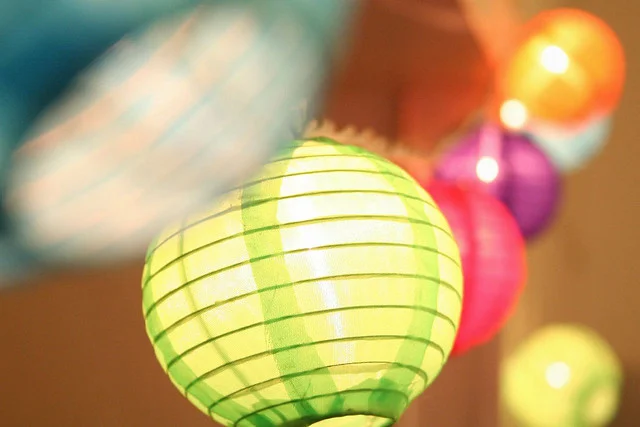The first “real” writer I ever studied with was a charismatic, sad-faced poet with a droopy mustache who’d walk into the room with a book of poems, light a cigarette and begin reading or reciting. He put the voice of Pablo Neruda in my ear, the glowing end of the cigarette moving perilously close to the skin of his tapered fingers as the poems progressed, stamping his image onto my archetypal picture of what writers are like, how they breathe, how they stand. Writers, he told us, need to know the names of flowers and stars, the geography of the body, the sounds of ancient languages, the words of folk songs.
As I write and think about writing, his is the voice in my head the pushing me to name the features of the worlds I create, to hold my ear to them and find the sounds that evoke them. To reach into the richness of the world out there and pull it in.
“Live a more interesting life,” I write on my list of things to do to feed my writing (and yes, there’s always such a list). It sounds silly to me, so I cross it off and replace it with, “Notice more.”
That impulse makes me itch to get beyond the rote paths of my usual thoughts. I click over to see what an anthropologist I like has been thinking about, just for the chance to look through his eyes, and that leads me to an adventure.
It’s a remarkable project, beautifully explained here by Ferris Jabr on the Scientific American Brainwaves blog. A researcher, anthropologist Andrew Irving of the University of Manchester, stopped people on the streets of New York and drew them into an experiment that would document their fleeting thoughts.
Jabr describes Irving’s approach—called “New York Stories: The Lives of Other Citizens”— this way:
“Excuse me,” he would say, “this might sound like a strange question, but can I ask you what you were thinking before I stopped you?” If the stranger did not run away, he would ask them to wear a microphone headset attached to a digital recorder and speak aloud their thoughts as he followed closely behind with a camera. He would not be able to hear what they were saying, Irving explained, and they would be free to walk wherever they liked and continue their business as usual.
“I was surprised by how many said Yes,” Irving says—about 100 in all. By overlaying the recorded audio onto the videos, he has created portraits of individual consciousnesses on a particular day in New York City.
The effect, Jabr notes, is one Virgina Woolf’s Clarissa Dalloway would recognize, the thoughts that pivot endlessly beneath a silent surface made audible.
Willing the invisible to show itself
My senses felt heightened when I walked outside after watching the videos (there are several on the Scientific American blog), as though I could feel inner conversations rippling around me. I was curious about everything again—the shopgirl’s sad expression and what might be behind it, the pacing half of a cellphone conversation gaining volume on the corner, what happens in the brain as it speaks to itself. I’ve certainly been looking moe curiously at the thoughts circling in my own mind.
I’ve had my notebook out, trying find the light bulb that renders the invisible ink of the world legible, so I can name what I sense and see.
I don’t know if you’ll be as transported by these glimpses into the inner worlds of “other citizens,” but I do know that stopping to find what does transport you will draw you into your writing.
Today, beautiful writer person, look through new eyes. Observe one thing carefully. Intuit your way into it afresh. And then write down what you notice. The world is enormous, with so many entrances. Choose one. Write.
